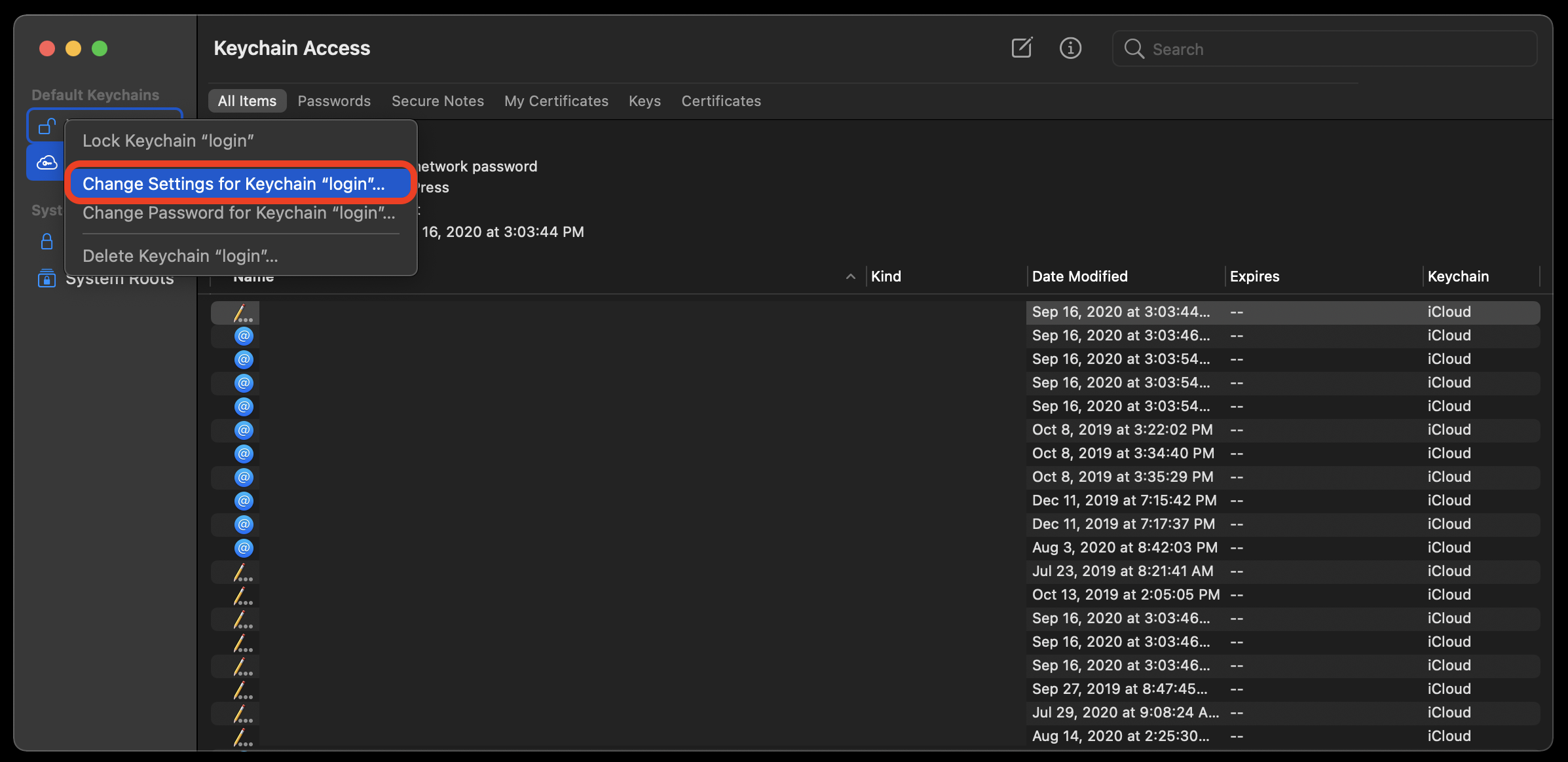

Enter the code when prompted again, then enter a phone number (mobile) to receive text messages for authentication. Enter your Apple ID password to activate it, and you can even set up a numeric passcode to set it up on a different device like your iPhone or iPad. In case Keychain is turned off, simply go to System Preferences > iCloud > Keychain and tick the checkbox. Keychain will generally be enabled when you sign in with your Apple ID or user login, but if you want to make full use of it, you need to know how to use it effectively.

Essentially, what it means is that you won’t have to keep remembering and entering passwords for the applications and websites that you frequent on your Mac. You can also change your Keychain password. That means, when you log in to your system, Keychain Access is automatically activated. The default password for your Keychain is the same as that of your user account. One of the biggest advantages for Keychain is recovering passwords from iTunes backup when you forgot the backup password.Ī lot of people don’t know that they can even store their non-digital information on Keychain, such as credit card details, bank account PINs and so on. Keychain is automatically created when you first create your user account, and it keeps updating to add passwords for all keychain-aware applications, websites, and servers that you access over time. As mentioned, Keychain is a native password management utility for machines running Mac OS X or macOS.


 0 kommentar(er)
0 kommentar(er)
